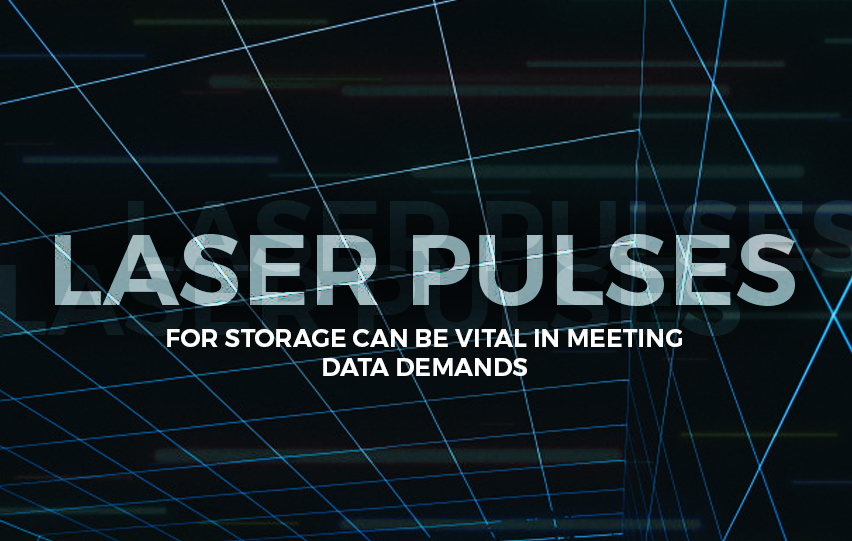A study by researchers at Eindhoven University of Technology (TU/e) in The Netherlands suggested that technology involving laser pulses could supply the requirements data storage of the future. AZO Optics said that laser could be used for efficient storage instead of magnets.
The use of laser pulses in writing data is an optical-based method that has been implemented in most storage devices today. It uses bits composed of 0s and 1s to read and write info utilizing spinning pins and magnets.
In the paper published in the journal Nature Communications, the researchers revealed the new storage innovation they developed which utilizes laser pulses to write on the cobalt-gadolinium (Co/Gd) layer.

AZO Optics explained that the tech uses “a ferromagnetic material as a reference point to assist with the writing procedure.” This development can be a step forward for all-optical switching (AOS), which, in the past has been observed with precision problems.
This can help address issues faced by the tech world and all industries that utilize data, which is the constant need for storage expansion due to ballooning amounts of info in need of storing and keeping. On top of this, quick and energy-efficient solutions are required.
Currently, AOS uses “femtosecond laser pulses to change the orientation of magnetic spins at the picosecond level.” The orientation referred to here is either up or down.
Writing of info occurs with the implementation of two mechanisms namely single-pulse and multiple-pulse switching. Multiple-pulse switching is deterministic that needs multiple lasers to establish the final spin orientation.
On the other hand, single-pulse switching uses one laser. However, it requires a more complicated process. Both types face issues that reduce read/write speeds.
The study by the TU/e researchers deals with the deterministic AOS which uses a deterministic single-pulse switching method.
They were able to develop a writing system with three layers namely a ferromagnetic reference layer, an optically switchable Co/Gd layer, and a conductive copper gap layer.
The combination of these layers eliminates the need for multiple lasers while deploying a deterministic approach. It also makes the process much simpler with the help of the gap layer.
According to scientists, this system has the potential to create precise and quick writing, while staying energy efficient. They are optimistic that this tech can offer the needed boost for future storage devices and other devices that need storage.
















